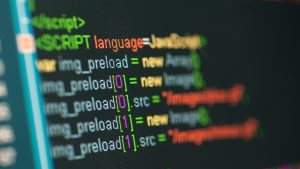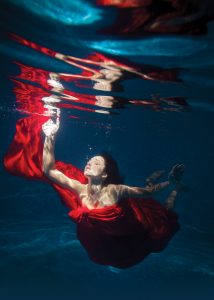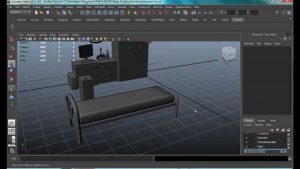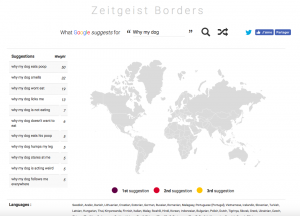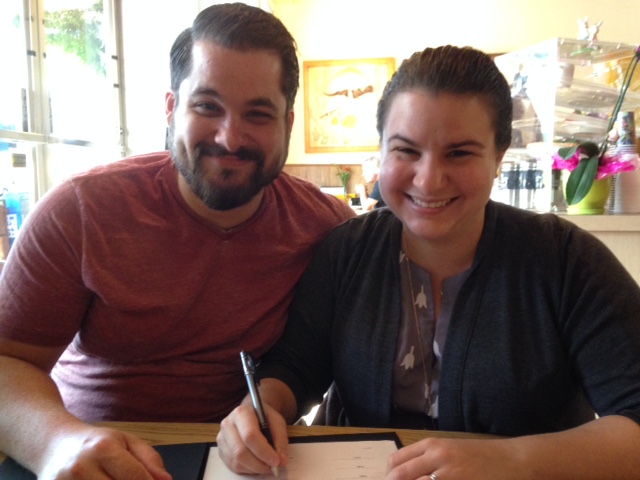
The Spring 2017 Bowdoin Breakfast guests are Charlotte Carnevale Willner (’06) and Dave Willner (’06). Charlotte and Dave work, respectively, at Pinterest (Safety Manager) and Airbnb (Head of Community Policy) in the San Francisco Bay area. Having majored in Humanities (Art History and Anthropology/Arctic Studies), they both started fresh out of Bowdoin at Facebook, in the areas of conflict resolution and safety services. As young people in emerging fields at Facebook, they were in charge of making decisions about data and content during incredible times, and attribute their liberal arts education to helping them with the problem solving they faced.
DCS is excited to host the Willners in DCS 1200 on March 27 and DCS 2017 on March 28. In addition, we invite students and colleagues to join us in the VAC 3rd Floor Common Area at 4:00 on March 27 for an informal conversation about the role of the Liberal Arts in Silicon Valley. Light refreshments will be served.
